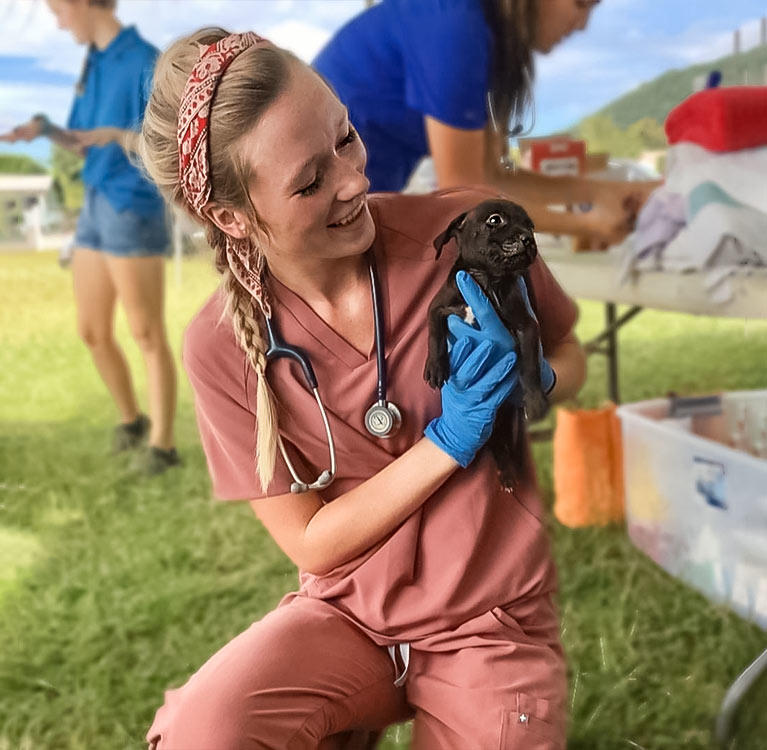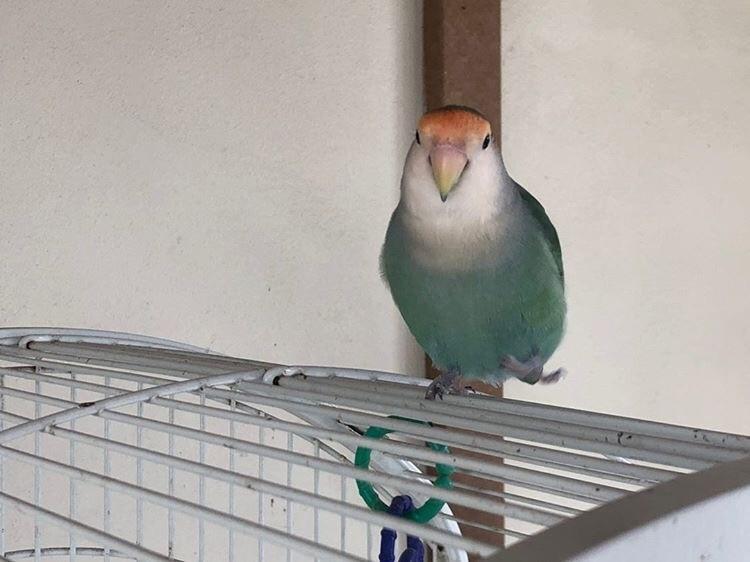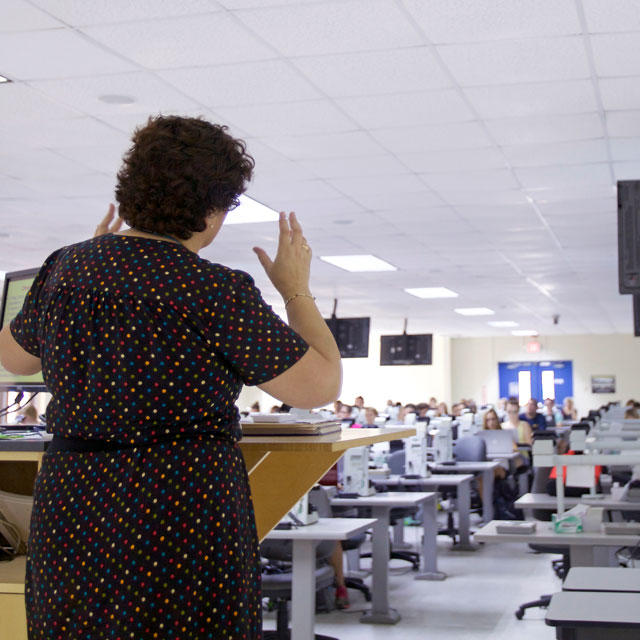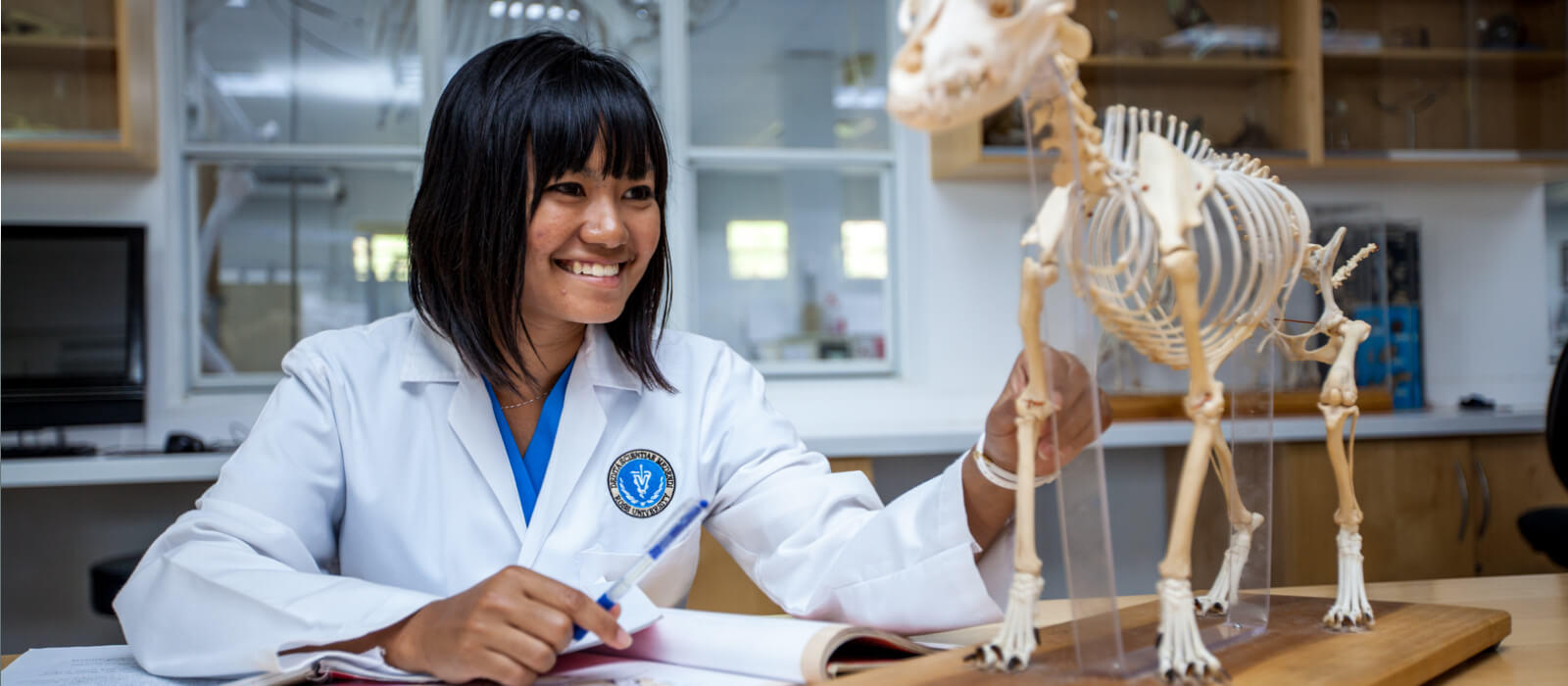Did you know that 6 out of 10 infectious diseases that affect human populations originate in animals? According to the Center for Disease Control and Prevention (CDC), epidemiologists focus on the distribution, including the frequency and pattern, as well as the causes and risk factors of disease in populations. Veterinary epidemiologists perform these activities specifically within animal populations. These disciplines are considered the backbone of public health.
A look at history: pandemics have been with us since the dawn of civilization. In the 20th Century alone, we’ve seen The HiNi virus, the Asian Flu, the AIDS epidemic, the Swine Flu, the return of Ebola, and now COVID-19 — all believed to have jumped from animals to humans.
If we’ve learned anything from the current coronavirus pandemic, it’s that such outbreaks are not confined to the past. Bubonic Plague, part of the ecosystem since the 14th century, is still being found in both human and animal populations. Jefferson County, Colorado just announced that a squirrel tested positive for the disease. The report warned, “Humans may be infected through bites from fleas or by the cough from an infected animal.” It also warned of the danger to pets who live close to wild animal populations.
For those in the field of epidemiology veterinary medicine, these are interesting times. Did you ever wonder what being a veterinary epidemiologist entails or if this is a career you would like to pursue? Here’s are some insights from two leaders in the field. Dr. Christa A. Gallagher, BSC, DVM, CCRP, MPH, DACVPM is an Associate Professor of Public Health and Epidemiology at Ross Vet. Dr. Michael Adkesson, DVM, Dipl. ACZM, Dipl. ECZM (ZHM) is the Vice President, Clinical Medicine Chicago Zoological Society / Brookfield Zoo.
WHERE DO EPIDEMIOLOGISTS WORK?
A conversation with Dr. Christa A. Gallagher, BSC, DVM, CCRP, MPH, DACVPM, Associate Professor of Public Health and Epidemiology, Ross University School of Veterinary Medicine.
“It all began with my interest in disaster.”
Dr. Gallagher was a practicing veterinarian and owned and operated a small animal veterinary hospital for about 8 years when she became interested in veterinary epidemiology. In fact, her interest was sparked by disaster management.
Says Gallagher, “I learned about epidemiologists who aim to prevent or reduce deaths, injuries, and illnesses that occur in natural disasters. From there my interest in epidemiology expanded from disaster settings to its application in infectious and non-infectious diseases. From personal research and formal courses and training, I came to realize how important this field of study is. Veterinary Epidemiology examines not only animal outbreaks, but how health is maintained in animal populations.”
In light of the COVID-19 outbreak, is there a need for these professionals more than ever?
“Yes, says Gallagher, there is an increased need for veterinary epidemiologists. The human-animal bond has existed for thousands of years and has only gotten stronger. There is a powerful relationship between animals and people. Animals are both our companions and food source. As we have seen with COVID-19 and many other zoonotic disease outbreaks (diseases that can be transmitted from animals to people) in the past (for example: SARS, West Nile, and some influenza viruses) animals and people in a common environment can share diseases. We need veterinary epidemiologists at the interface of veterinary medicine and public health to help bridge the gaps in interspecies health and disease.”
This is especially concerning today. In large cities like New York, COVID-19 has driven hungry rats onto the streets due to the closure of restaurants and the lack of garbage, their food supply. Even suburban towns are seeing bears, deer, and other wildlife wandering the streets, as the pandemic brings animal and human populations in closer contact.
What is the job of a veterinary epidemiologist and where do epidemiologists work?
“Most veterinary epidemiologists, Gallagher continues, “are employed by government organizations like the USDA, CDC, and FDA. They are involved with work related to infectious diseases of animals, zoonotic diseases, or food safety. The CDC has an Epidemic Intelligence Service (EIS), an elite fellowship program that trains multidisciplinary epidemiologists, including veterinarians, to protect domestic and global health. Many others in the epidemiology field hold academic positions in universities where they perform epidemiological research and teach this field of study to future ‘disease detectives.”
The specific responsibilities of a veterinary epidemiologist will vary depending on their place of employment. Most notably what epidemiologists do may be in the field investigating disease outbreaks or collecting data for research related to disease and health patterns and their distribution in animals.
Can you provide an example (story) about being an Epidemiologist: a day in the life?
Says Gallagher, “Ross University School of Veterinary Medicine is located on the Caribbean island of St. Kitts, home to a population (estimated between 40-50,000) of African Green monkeys that were transported here from Western Africa over 350 years ago. With an anthropology colleague, I have been involved in studying the behaviors and habitats of these monkeys, and specifically where, when, and how they interface with local communities of people. Our studies have demonstrated some of the conflicts, as well as the benefits that have occurred with the interaction of the monkeys and people. Wildlife is an important species to study as many emerging zoonotic diseases are coming from or through wildlife.
“Veterinary epidemiologists from Ross Vet have been involved with many studies of animal infectious and zoonotic disease on the island and Caribbean region, involving viruses, bacteria, and parasites. These professionals have made valuable contributions to study design, data collection, analysis, and future directions for focused research in each of these studies.”
What are the qualifications needed for someone with a DVM to specialize in this field?
Gallagher says, “Masters or Ph.D. level study in epidemiology and/or public health is required after completion of a Doctor of Veterinary Medicine program. Board certification to become a diplomate of the American College of Veterinary Preventive Medicine (ACVPM) is also an option when certain requirements in formal education and experience are met. Veterinary epidemiologists should also be systems thinkers, good problem solvers, and excellent communicators, as they will have to engage with both scientific and public communities in their research and reporting of findings.”
Insights about Veterinary Epidemiology in a zoo setting from Dr. Michael Adkesson, DVM, Dipl. ACZM, Dipl. ECZM (ZHM), Vice President, Clinical Medicine at Chicago Zoological Society / Brookfield Zoo
“My passion is to save the world”
As a zoo epidemiologist, Dr. Matt Allender helps track the trends and emergence of bacterial, fungal, viral, and non-infectious diseases in animals and the zoo and wildlife environments.
What led you to the field of veterinary epidemiology?
“Epidemiology allows me to combine my clinical skills with research into infectious diseases to improve the wellness of wildlife. The ability of epidemiology to translate into many aspects of environmental health is inspiring.”
Please define the job of an animal epidemiologist: what they do.
Says Allender, “There is no single definition of a veterinary epidemiologist. In fact, of all my colleagues, not one of us does the same thing. However, we all utilize skills in clinical interpretation, diagnostic testing, and statistical analysis to identify factors that affect the health of animals. Some days I am in the field collecting samples from box turtles, other days I am in the lab extracting DNA and running qPCR assays, and other days I am analyzing data and writing manuscripts to share with the scientific world. It is an extremely diverse and open field that allows individuals to find their passion and pursue it.”
Can you provide an example (story) about a day in the life of a zoo veterinary epidemiologist?
“Haha,” adds Allender, “there is no typical day in the life of a veterinary epidemiologist. Many days I am sitting at a computer running statistics or writing papers. But, fortunately, I get the opportunity to lead field projects. My largest running project is a box turtle health and wellness investigation in which we use dogs to find turtles. So, a typical day includes 4-5 hours of hiking with dogs that find turtles! Then we collect several environmental and weather-related variables before collecting blood and swabs to test for overall health. We then head back to the lab where we run all our diagnostic assays. Later, all this data gets entered into a spreadsheet and that’s when the stats and writing start.”
What are the 3 main points you’d like readers to take away from this?
1. Veterinary epidemiology is important for animal, human, and ecosystem health.
2. All veterinarians utilize epidemiology and the discipline can be integrated into any practice.
3. It is inspiring to contribute to advancing the knowledge and care of animals and the planet.
Interested in learning more about where a DVM can take you? Learn More.








